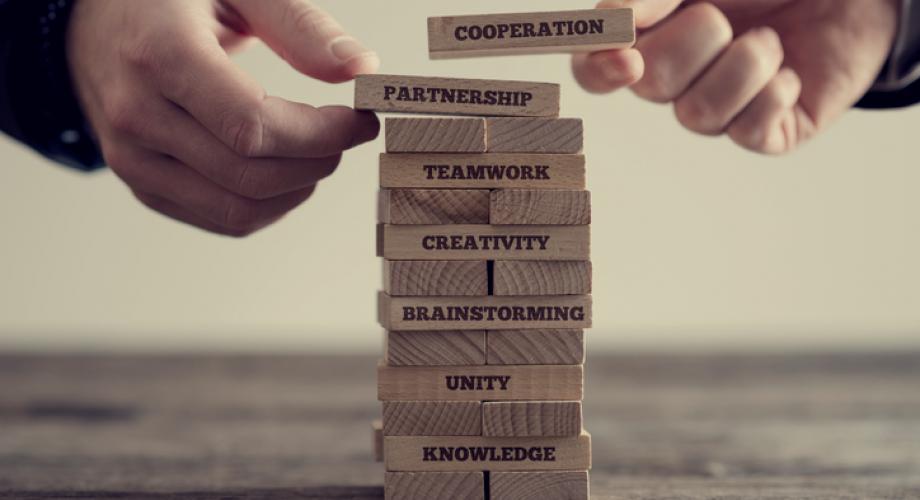A comprehensive onboarding process helps to clarify an employee’s role.
When an organization builds or updates its learning curriculum and training tools, it is important to always start with the big picture of the organization—how each team member contributes to the company’s strategic plan and goals and how they reinforce the organization’s brand. This guides how to recruit, train and retain team members.
It begins with the hiring process, when the most important criteria to keep in mind is asking who you are as an organization. What is your mission, and how do your employees mirror your values? Keeping this as the cornerstone of recruiting activities supports hiring the right people who will be successful in your organization.
A comprehensive onboarding process helps to clarify an employee’s role within the broader organization. Setting expectations about company culture and job performance at the early stages is the key to ensuring engagement and long-term success. One of the most important aspects of the onboarding process is to pay close attention to metrics. A reasonable goal is having little to no employee turnover after 90 days.
Pennrose, a leader in multifamily housing development and management, has a robust onboarding process that is a mix of classroom and on-the-job learning. The classroom workshop teaches participants about the company’s employee engagement strategy, organizational efficiency and plans for growth. All new employees are guided through a full-day, instructor-led new-hire workshop at the corporate office that ties directly to the company’s mission, vision and core values through interactive examples and activities.
Participants explore the company culture and history, learn about the company’s strategic plan and through the interactive meet and greets, are exposed to senior management. Additionally, risk and safety modules and diversity and inclusion activities are explored during this onboarding. The onboarding doesn’t end there. Comprehensive on-the-job training also continues at the site level. The benefits of implementing this program have been substantial. Employee turnover within the first 90 days has been reduced by 73 percent from the same time last year.
It is imperative to develop tangible and quantifiable metrics to measure the success of any learning and development programs and curriculum. Ask “what behavioral change are we are expecting out of people?” and “what is the business objective this person’s role contributes to?” With your baseline established, you can launch a training and employee development plan aligned with your employee engagement strategy that can be tracked and tweaked to ensure success.
Building talent across the organization and ensuring employees have proper professional growth and development opportunities are essential for their individual success, retention and overall engagement. As important as onboarding is for new employee growth and retention, equally important is ongoing training and development for both new and existing employees. A training method that speaks to growth, efficiency and succession planning for the future of the company should be created.
Another way to develop and retain talent across the organization is to promote and grow from within. This strategy supports employee engagement by providing team members with opportunities to advance and develop their careers. A newer program that Pennrose recently put into place, the Emerging Leader Workshop, takes a small group of high potential individuals from all different levels within in the organization and engages them in targeted activities four times per year. The Emerging Leader pool is provided with enhanced career development, mentoring and coaching. A series of customized plans and roundtable discussions are created to help them successfully achieve a promotion and or career development after the annual is completed. Pennrose has seen a 20 percent promotion rate from their Emerging Leader Talent Pool.
Strong employee development programs can also be used as an effective recruiting tool to attract top talent. Besides salary and organizational benefits, professional development tools such as helping employees attain their real estate license, internal training and external professional accreditations and certifications are critical factors to becoming an employer of choice. Pennrose utilizes the National Apartment Association to help employees receive CAMT, NALP, and CAM credentials, as well as the local NAA affiliates for maintenance training including Advanced Plumbing, Lead Renovator, and 608 Certification. When organizations empower their employees to earn credentials and improve their careers, they create an even deeper bench of positive company spokespersons and recruiters.
Ultimately, every employee training and engagement strategy must tie back to the organization’s initial objectives. Employee engagement, organizational efficiency and retention are paramount to ensure there are demonstrable and sustainable results that support long-term business success.
Michael Pico is Chief Human Resources Officer at Pennrose.
